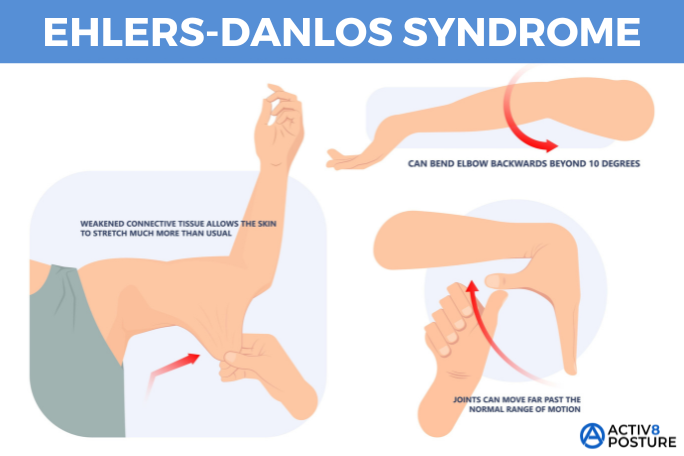How Chiropractic Care Can Help Those with Ehlers-Danlos Syndrome (EDS), Hypermobility, and ADHD: A Safe, Effective Approach for Restoring Your Full Potential

If you’ve been struggling with Ehlers-Danlos Syndrome (EDS), hypermobility, or even ADHD, you may feel like your body isn’t functioning the way it should. Chronic pain, joint instability, and the sense of not being fully understood by the healthcare system can be overwhelming. But what if there was a safe and holistic solution that could provide you with relief, restore your strength, and help you reclaim your life?
At Foster City Chiropractic, we specialize in using gentle chiropractic care that’s tailored to those with EDS and hypermobility, helping you regain balance, mobility, and overall well-being. Our approach is built on low-force techniques and a deep understanding of how the body responds to these unique conditions.
Thanks for reading Dr Jeff D.C.! Subscribe for free to receive new posts and support my work.
In this blog, we’ll explore how chiropractic care can play a crucial role in improving the lives of individuals with EDS, hypermobility, and ADHD, and why it’s a safe and effective option for restoring your vitality.
Understanding Ehlers-Danlos Syndrome, Hypermobility, and ADHD
What is Ehlers-Danlos Syndrome (EDS)?
Ehlers-Danlos Syndrome is a group of connective tissue disorders that affect the body’s ability to produce and maintain healthy collagen. This collagen is the primary building block of connective tissues like skin, ligaments, tendons, and blood vessels. In hypermobility type EDS, individuals often experience joint hypermobility—where the joints can move beyond the normal range—and fragile connective tissue, which may cause frequent dislocations, chronic pain, and skin that is more elastic than usual.
What is Hypermobility?
Hypermobility is a condition where the joints can move beyond the normal range of motion. While some people with hypermobility may not have any symptoms, others may experience joint instability, muscle strain, and pain due to the lack of stability in their joints.
ADHD and Its Connection to EDS/Hypermobility
Attention Deficit Hyperactivity Disorder (ADHD) is a neurological condition characterized by symptoms of inattention, hyperactivity, and impulsivity. But there is a neurodevelopmental aspect to how ADHD may intersect with EDS and hypermobility—individuals with ADHD often struggle with focus, posture, and body awareness, which can put additional strain on hypermobile joints and lead to musculoskeletal issues. ADHD can also affect nervous system regulation, leading to increased stress and tension in the body, further complicating the physical challenges that come with EDS.
The interplay between EDS, hypermobility, and ADHD can create a complex cycle of pain, stress, and musculoskeletal strain. But with the right approach, you can break this cycle and start feeling better.




